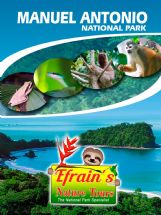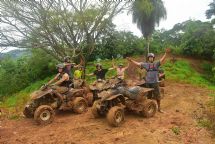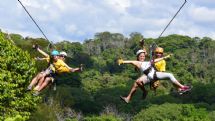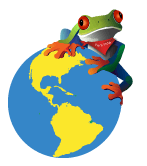Curú National Wildlife Refuge, North Puntarenas
The Curú National Wildlife Refuge is a privately owned and managed nature preserve offering visitors some of the best eco-tourism experiences in the country. You must be adventurous to travel out to the location. It sits all the way out on the southern end of the Nicoya Peninsula in the province of North Puntarenas, but it’s worth the four-hour drive around the Gulf of Nicoya.
You’ll find 3707 acres of tropical forests, mangrove swamps, and grassy fields sitting right along the coastline. The refuge even has its own 656-foot stretch of white sandy beach. Although the refuge preserves the natural terrain, the surrounding region of the peninsula has many other small towns with services and amenities. The preserve is just a short drive north of Montezuma, a village with lodgings and accommodates for tourists.
History of the Refuge
The Pacific Lumber Company of the United States with investments in the province owned the property. Rich in mahogany, rosewood, and cedar, the natural resources of the preserve were on schedule for harvesting. A Costa Rican national named Fredrico Shutt de la Croix purchased the land from the foreign entity in 1933. He paid just 12,000 colones for it. That’s an equivalent of $24 American dollars.
With the cutting halted, the area transformed into a sustainable development project. De la Croix established small settlements and implemented farming and agricultural processes many of which continue to this day. The small town of Valle Azul rests nearby, and the owners of the preserve still manage a few cattle and produce tropical goods like mangos and papayas.
In 1981, Curú earned its wildlife preserve status from the Costa Rican government and became a protected region. The name was adopted shortly afterward in 1983. Today the preserve is still privately managed and supports itself independently.
A Welcoming Place for Eco-Tourists
For the nature lovers, there is no better place to see the diversity of the western Costa Rican shores than the Curú National Wildlife Preserve. 17 trails wind through the varied terrain, and visitors have a chance to get up close and personal with the flora & fauna.
To date, researchers have identified:
- 78 separate species of mammals
- 87 species of reptiles
- 232 different types of birds
- Over 500 species of plant life
White-tail deer are spotted frequently along the trails, but you may also catch a glimpse of armadillos or iguanas. Monkeys are prolific, and several varieties make their homes in the trees above. Look for capuchin, spider, and howler monkeys. Step away from the forested areas, and experience the sea life along the protected coastal shore. From the beach, you can take a day trip out to Isla Tortuga where you may scuba dive and snorkel. Rent a kayak to explore more of the coral reefs and coastal waters.
Visiting Information
The preserve is open from 7 AM to 3 PM most days, and there is a small entrance fee. Visit during the dry season between January and April for the best experience.
Map of the Area
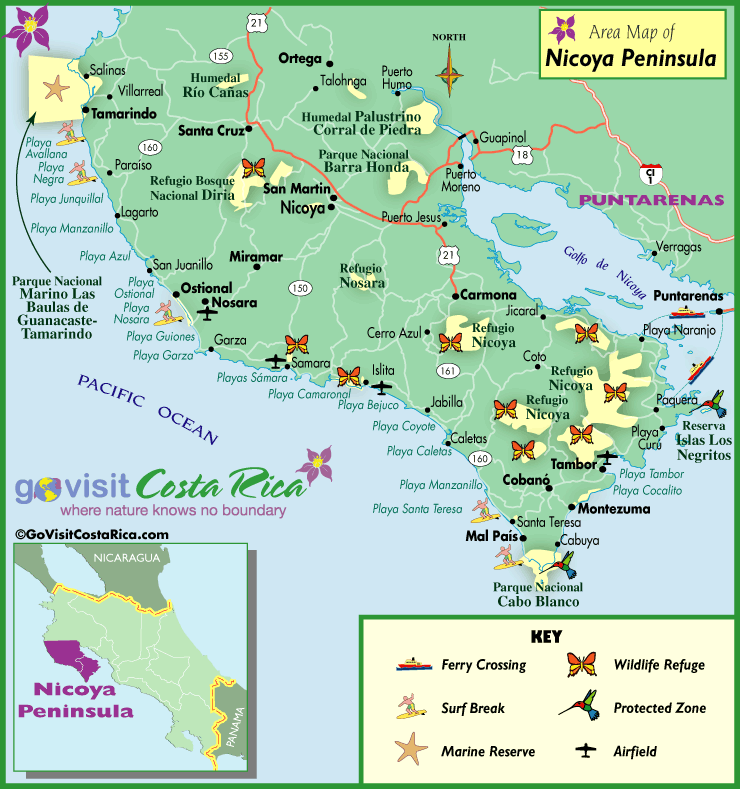
The visitor center has essential information about trails and current conditions. Take a moment to stop and check it out when you first arrive. There is also a small café serving food and hot drinks. If you would like to stay inside the preserve, there are a few cabin rentals available at the hacienda. Be sure to reserve your spot in advance. If no rooms are available, other accommodations are easy to find in the local communities nearby.
Dress appropriately for a day of hiking. Wear comfortable shoes and layer your clothes for protection. It does rain frequently, and sometimes the weather turns chilly. Bring a hat and camera, and plan on taking plenty of pictures of your trip.
10 Days / 9 Nights
Starting at $1,440 per person
6 Days / 5 Nights
Starting at $1,018 per person





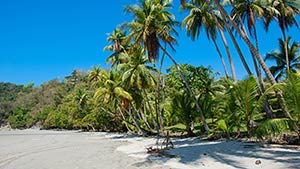
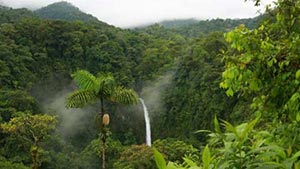
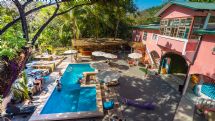
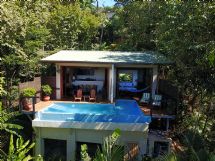



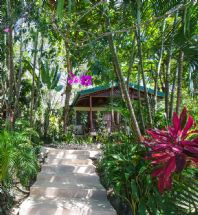




.jpg)
